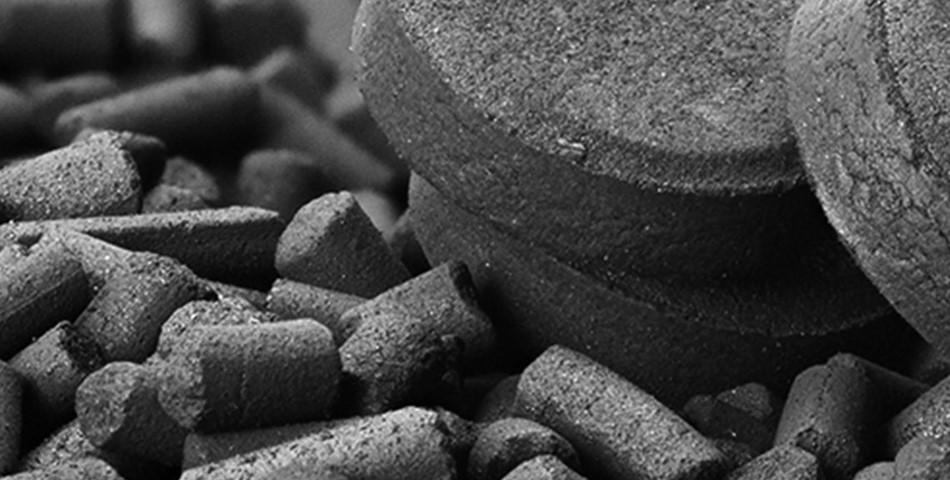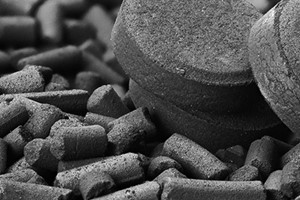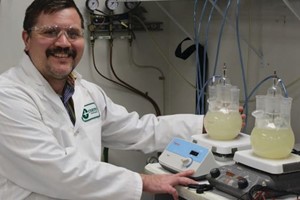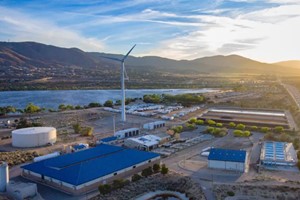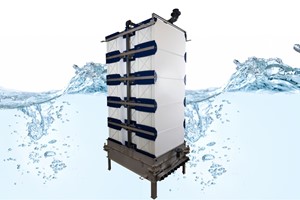The activated carbon market is projected to grow from US$ 4,350.6 million in 2021 to US$ 8,264.0 million by 2028; it is expected to register a CAGR of 9.6% from 2021 to 2028.
Activated carbon is obtained from coal, wood, peat and is also known as activated charcoal. The adoption of circular economy for sustainability is major trend followed by many countries. The urban wastewater treatment plants (WWTPs) play vital role in circular sustainability with recovery in resources and production of energy. Activated carbon is widely used in manufacturing of industries for treatment of wastewater and recovery of materials which can be reutilized for further process. The powdered activated carbon is one of the most convenient types for purification of wastewater the reason being the impurities in the water can be removed with help of simple filtration processes and the material can be obtained from bioresources and can be inexpensive compared to other technologies. Surge in global population and rising industrialization holds responsible for growth of global water treatment industry which, is expected to propel the activated carbon market in the near future.
The increasing demand for water resources due to water scarcity in Asia for agricultural, municipal, industrial, and household use have forced government of several countries to emphasize on wastewater treatment technology for reuse of treated water. There is a deterioration in water quality and water shortages in many places due to the scarcity. According to European Union the large-scale industries with massive production capacities such as chemical industry, iron & steel, and pulp & paper industry have higher proportion of wastewater generated after production process. This industry requires on-site capacity to treat wastewater before release in the environment. Therefore, it has become increasingly important to treat the wastewater. These factors led to driving demand for wastewater treatment which, in turn, holds responsible for driving activated carbon market.
Impact of COVID-19 Pandemic on Activated Carbon Market:
Due to the COVID-19 pandemic, many industries, such as the chemical & materials, faced unprecedented challenges due to disruptions in the global supply chain that adversely affected the manufacturing, delivery schedules, and sales of various goods. The demand for activated carbon has decreased due to a decline in the growth of several industrial sectors. Many activated carbon production sites were either partially or fully closed to combat the spread of SARS-CoV-2. The COVID-19 pandemic also caused fluctuations in the raw material prices of activated carbon. However, as the economies plan to revive their operations, the demand for activated carbon is expected to rise globally. The high demand for activated carbon and significant investments by prominent manufacturers are expected to drive the market growth in the coming years.
Segmentation – By Application
Based on application, the global activated carbon market is segmented into water treatment, food & beverages, pharmaceuticals, automotive, and others. The water treatment segment held the largest market share in 2020. Activated carbon is increasingly used in service water treatment, groundwater rehabilitation, and drinking water treatment. It is also used in treatment of industrial wastewater to recover useful materials and the same treated water is further consumed for manufacturing use.
Regional Analysis:
In 2020, Asia Pacific held the largest revenue share of the global activated carbon market. In Asia Pacific, the water treatment industry is the largest consumer of activated carbon. Initiatives by various government organizations, such as the Australian and New Zealand Environment and Conservation Council and the Ministry of Environment and Forests (the Government of India), to remove waste and undesirable compounds from industrial wastewater before disposal is driving the water treatment industry in the region. Moreover, Asia Pacific has a dominant automotive industry where activated carbon is extensively used to manufacture canisters. These factors are growing the demand for activated carbon in the region.
In 2021, Asia Pacific held the largest share of the global activated carbon market. China and India are the two leading producers of activated carbon across the world. In India, the activated carbon production industry is among the fastest-growing ones. The growing industrialization in this region, coupled with rise in government initiatives for treatment of industrial waste, has fueled the consumption of activated carbon extensively.
Activated Carbon Market: Segmental Overview
By type, the activated carbon market is segmented into powdered, granular, and pelletized & others. In 2020, the powdered segment held the largest market share. Powdered-based activated carbon is known for its efficiency and characteristics, such as fine particle size, which increases the surface area of adsorption. The size of powdered activated carbon is in the range of 5‒150Å. Powdered-based activated carbon has the lowest cost. The increasing consumption of powdered-based activated carbon will continue to boost demand during the forecast period.
Based on application, the activated carbon market is segmented into water treatment, food & beverages, pharmaceuticals, automotive, and others. In 2020, the water treatment segment held the largest market share due to increased industrialization across the globe. Activated carbon has continued to be used as a water filtering medium. The water used in manufacturing becomes contaminated and requires treatment before releasing it into water bodies. Many countries have strict regulations regarding water treatment and release of contaminated water. Due to high adsorption capacity of activated carbon caused by its porosity and large surface area, it is widely used to remove contaminants in water.
Many countries that depend on imports of these raw materials to prepare activated carbon faced substantial challenges procuring the material. This resulted in a partial or complete shutdown of the activated carbon production sites. However, as the economies plan to revive their operations, the demand for activated carbon is expected to rise globally. The growing need for activated carbon and significant investments by prominent manufacturers to increase production capacity are expected to drive the growth of activated carbon during the forecast period.



